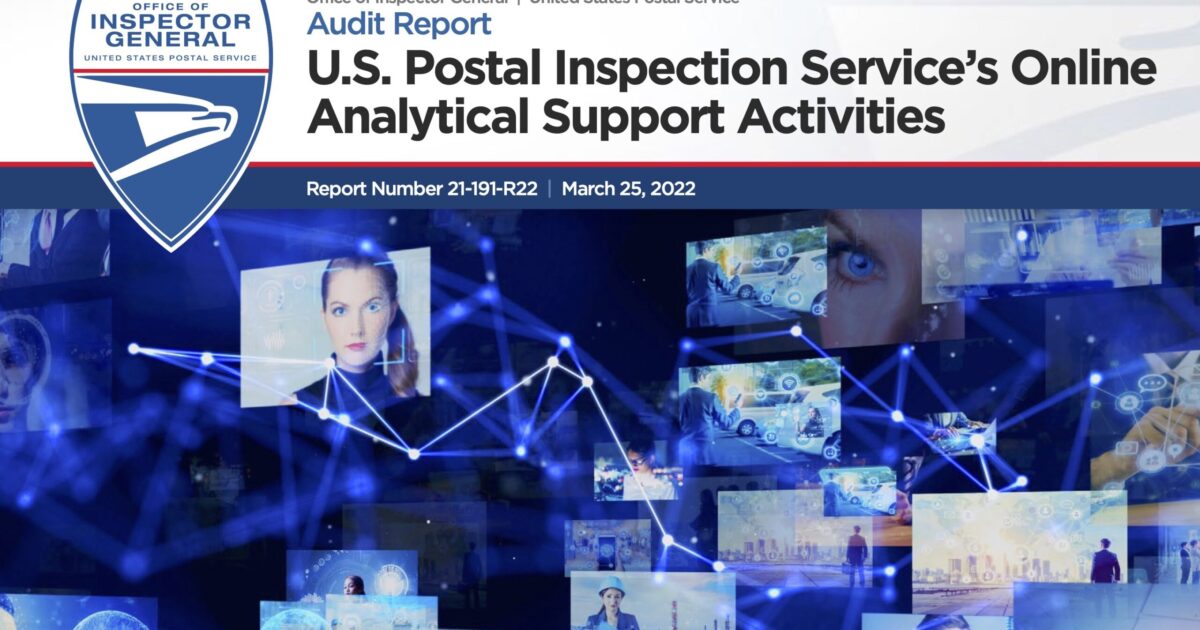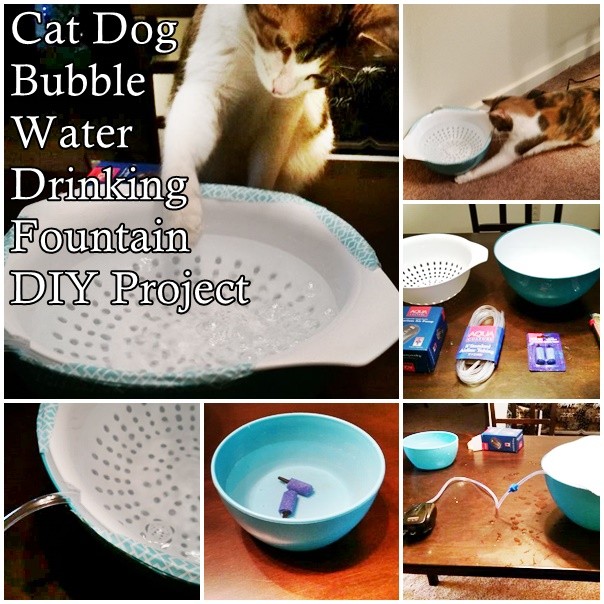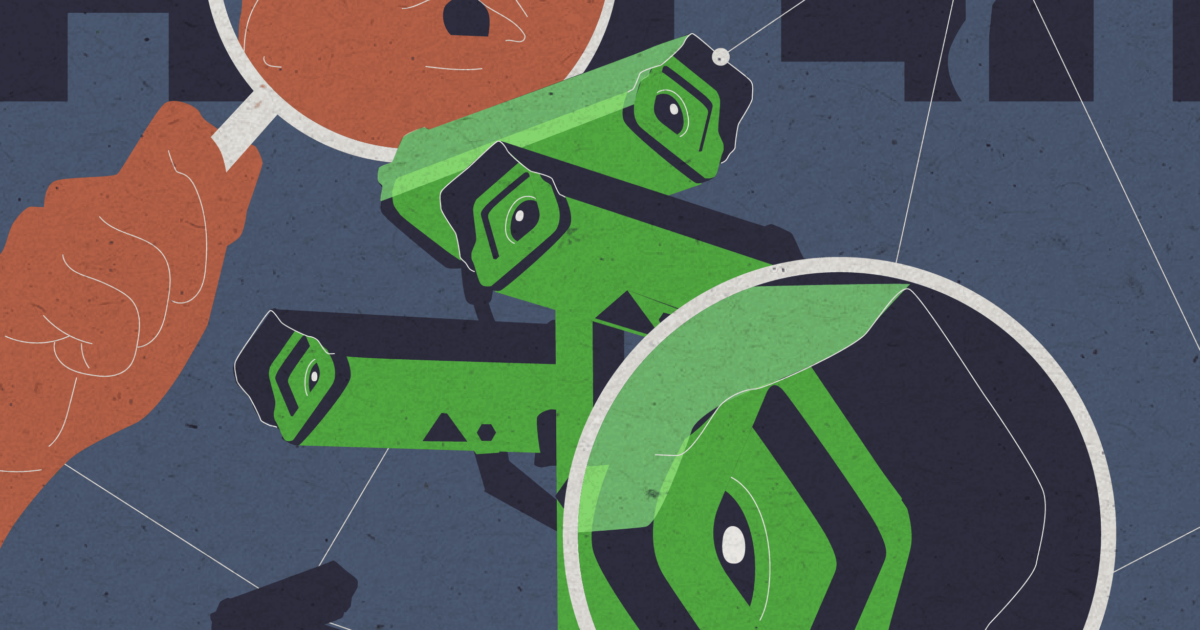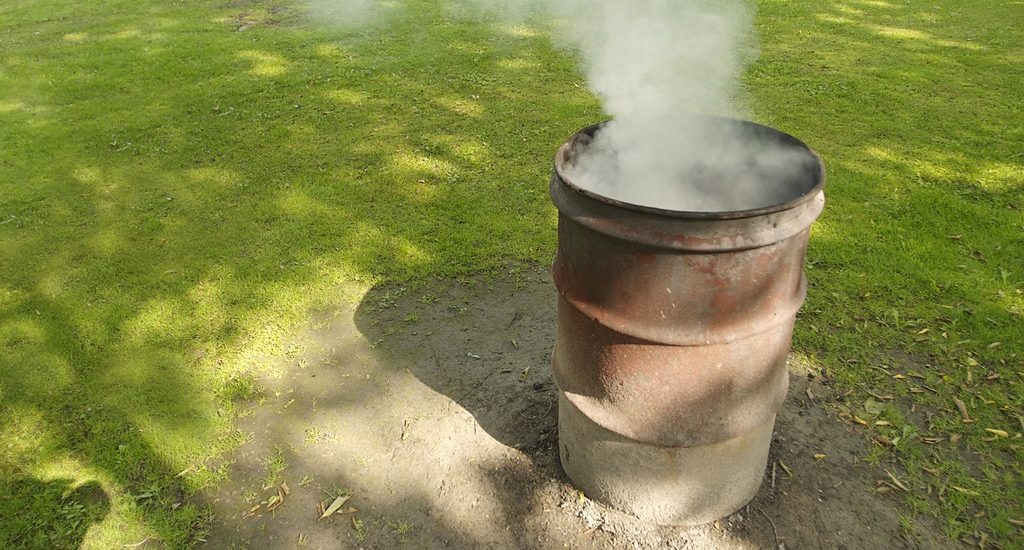Scientists now agree that cartoonist E.C. Segar chose spinach as Popeye’s secret weapon not because it was high in iron—as most of us thought—but because it was high in vitamin A. To be fair, spinach is higher in iron than most vegetables, although plant-based iron is not well absorbed by the body.
Our favorite sailor’s bulging biceps are probably better attributed to spinach’s substantial amounts of vitamins A, C, K, E, B2 (riboflavin), B6, and B9 (folate) as well as minerals such as magnesium, calcium, and potassium.
While I’m delighted that spinach is a superfood, I cultivate it mainly for the delicious ways it can be enjoyed in salads, quiches, soups, and dips—not for building mega muscles. And it’s easy to grow in my garden.
Spinach (Spinacia oleracea) is an annual vegetable that likes cool weather and plentiful moisture. There are three types of spinach—all taste much alike and can be eaten raw or cooked.
Savoy spinach has crisp, thick, dark green, crinkled leaves that are especially cold-resistant; they are more difficult to clean but hold up better when cooked.
Flat-leaf spinach has smooth, medium-green leaves that are easier to wash; it’s the type most used for baby-leaf crops (leaves harvested when still small).
Semi-savoy spinach is a good compromise, with leaves that are less crinkled than savoy, and less smooth than flat-leaf.
Not all spinach seeds are alike either. Round seeds typically produce flat-leaf varieties, prickly seeds savoys, but the rule isn’t hard and fast. Botanists like to point out that neither type is technically a seed but is a tiny, one-seeded fruit, or utricle, encased in a hard capsule.
Planting basics

Getting Started – Sow seeds directly in the garden in very early spring for spring to early summer harvest; in late summer or early fall for fall and early winter harvest.
Spacing – Plant seeds half-inch deep, two inches apart, thinning six to 10 inches apart. Space rows about 12 inches apart.
Days to Maturity – Harvest in 23 to 50 days, depending on variety and leaf maturity.
Spinach growing guidelines
Spinach plants are both heat- and light-sensitive. Temperatures above 75 degrees Fahrenheit (F) and days longer than 14 hours cause plants to bolt—to send up flower stalks, making them inedible—so success comes in the cooler, shorter days of spring and fall.
 Even slow-bolting cultivars such as ‘Olympia’ and ‘Corvair’ won’t thrive in summer’s heat. Or, as one of my local farmers put it, “Spinach ain’t beans.” In addition to short, cool days, spinach needs full sun and light, moist soil that is organically rich, drains well, and is neutral to slightly alkaline (pH 6.5 to 7.5).
Even slow-bolting cultivars such as ‘Olympia’ and ‘Corvair’ won’t thrive in summer’s heat. Or, as one of my local farmers put it, “Spinach ain’t beans.” In addition to short, cool days, spinach needs full sun and light, moist soil that is organically rich, drains well, and is neutral to slightly alkaline (pH 6.5 to 7.5).
Growing spinach in most regions is pretty straightforward: Direct-sow seeds as soon as the soil can be worked for spring/early summer harvests and about six weeks before the first hard frost for fall/early winter…
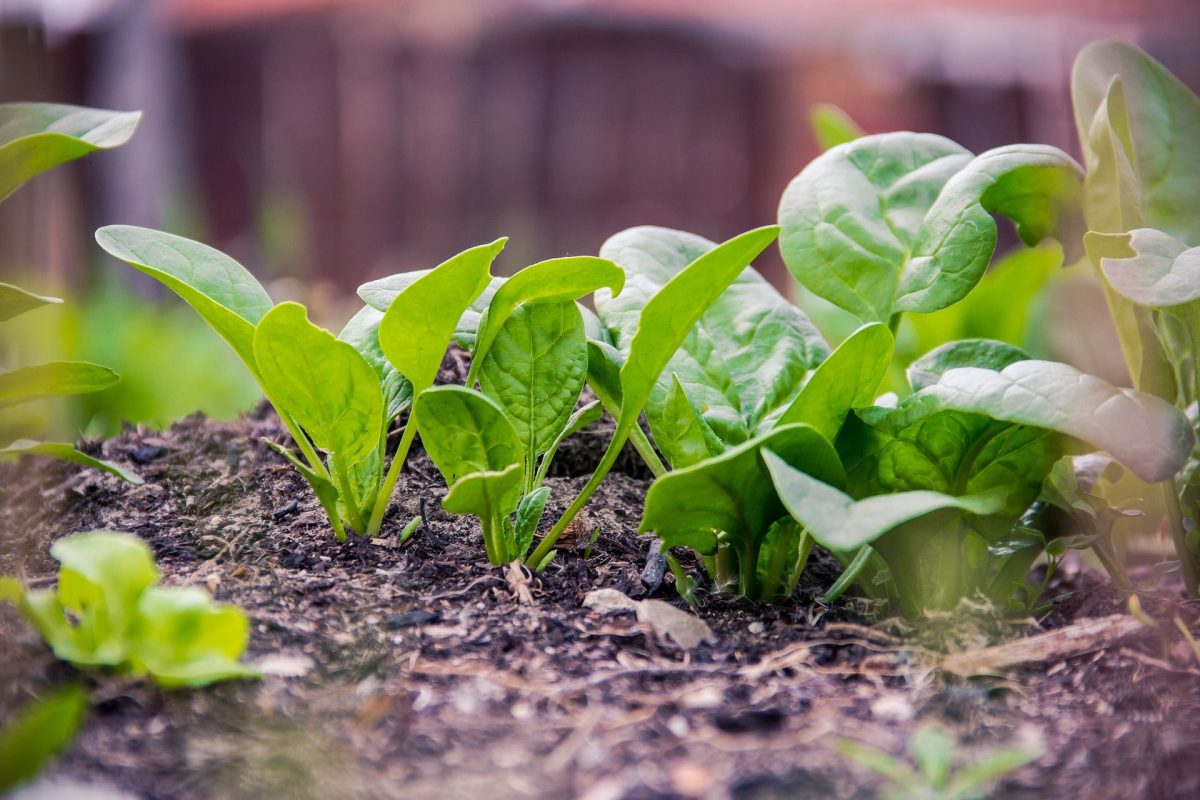

 Alfalfa
Alfalfa 
